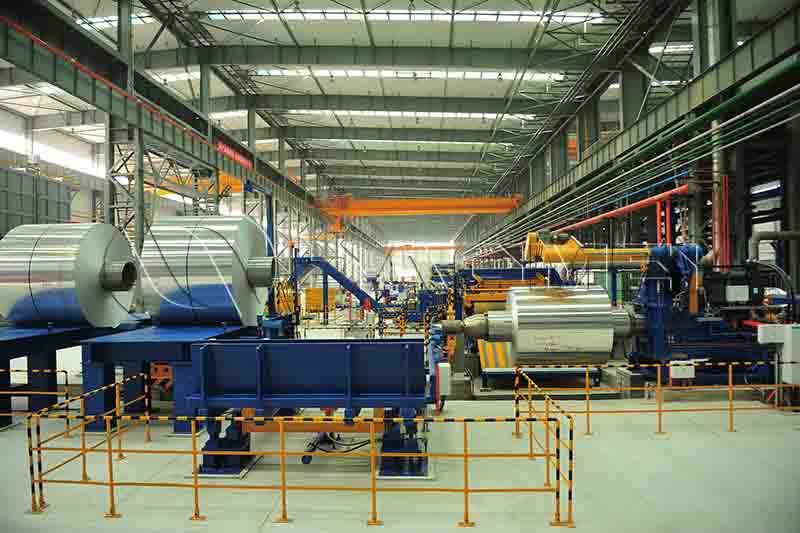
Aerospace raw materials refer to materials used in the construction and manufacture of aircraft, spacecraft and other aerospace components. These materials need to meet specific requirements to ensure the safety, performance and reliability of aerospace systems. The choice of materials depends on factors such as intended use, environmental conditions, weight considerations and structural requirements.
Airplane aluminum is widely used in the aerospace field due to its lightweight properties and corrosion resistance. Aluminum alloys used in aircraft structures can be roughly divided into two types, namely heat-treatable aluminum alloys and non-heat-treatable aluminum alloys.

1. Al-Mn alloys (3000 series)
The commonly used alloy is 3A21 aluminum alloy, in which manganese is the main alloying element. It has high strength, good plasticity and processing properties. The disadvantage of this type of alloy is that it cannot be used in places with temperatures above 100°C in the cold deformation hardened state because it is more sensitive to stress corrosion cracking (SCC) under such conditions.
2. Al-Mg alloys (5000 series)
Since the density of the main alloying element magnesium is lower than that of aluminum, and it has good welding performance and seismic resistance, this type of alloy has been widely used in the aviation industry. Commonly used aluminum alloys include 5A02, 5A03, 5A06, etc. The strength of this type of alloy is generally higher than that of 3A21 alloy.
This type of aluminum alloy can produce precipitation strengthening effects through heat treatment. It has high strength and is also called hard aluminum alloy. It is one of the most important structural materials in aviation.
1. Al-Cu-Mg and Al-Cu-Mn alloys (2000 series)
Al-Cu-Mg alloys are one of the most important alloy series among heat-treatable aluminum alloys. The most widely used alloy of this type in aircraft structures is heat treat 2024. The main strengthening phase of 2024 aluminum sheet is S phase (CuMgAl2), followed by θ phase (CuAl2). It is usually used in T3 state and has the characteristics of high fracture toughness and strong resistance to fatigue crack growth.
However, the corrosion resistance (intergranular corrosion) in this state is not good enough. Thin plates are generally used after aluminum cladding. They can also be combined with anodizing and alodin chemical treatment to further improve their corrosion resistance.
2. Al-Zn-Mg-Cu alloys (7000 series)
The most important Al-Zn-Mg-Cu alloy is 7075 aluminum alloy. It has the highest strength in the T6 state, but the lowest fracture toughness, and poor corrosion resistance (especially intergranular corrosion and stress corrosion resistance). In order to enhance its corrosion resistance, it needs to be aged. The most common treatment is T73.
Original Source:https://www.aircraftaluminium.com/a/airplane-aluminium-2024.html
Tags: 2024 aluminum sheet ,
Contact Us